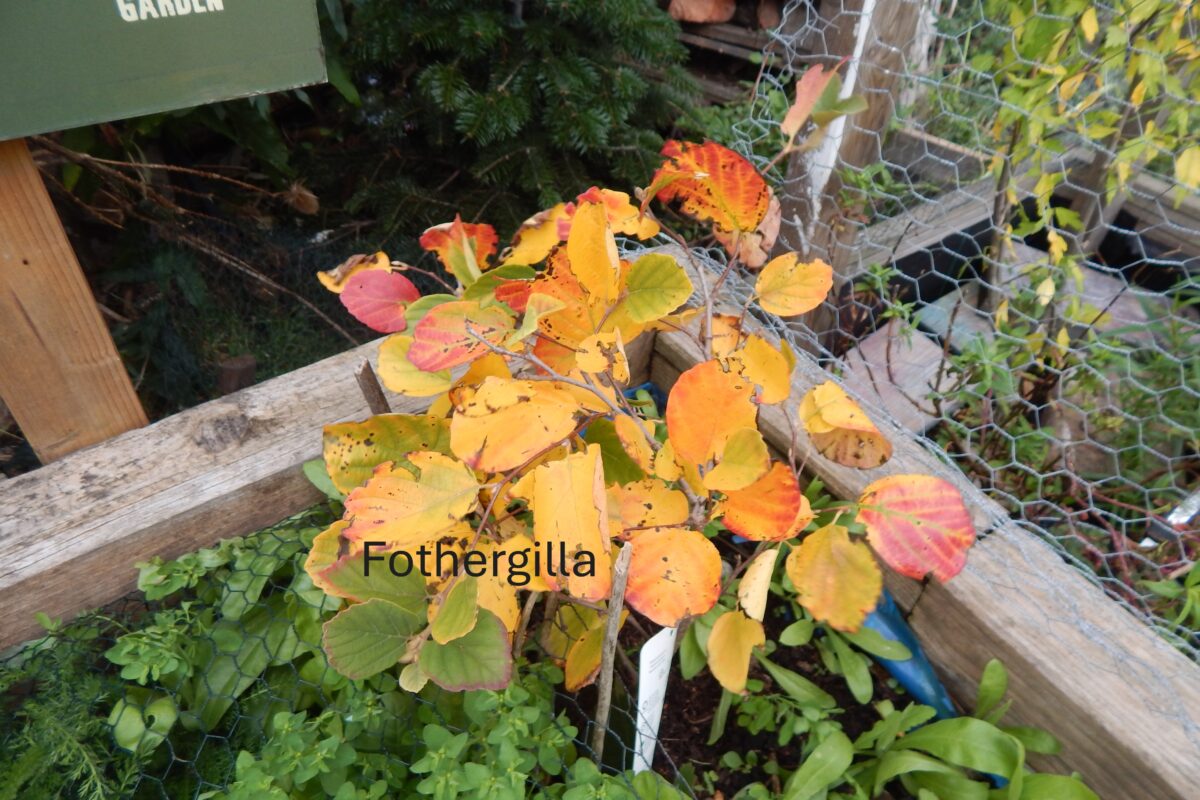On Thursday and Friday we had an inch of rain, brought in by storm Amy. All around the garden are sycamore helicopters, and scattered along the pavement of Earlham Grove, which made me think how wasteful nature can be. Those on the pavement are being trodden in, and will either be swept up by the roadsweeper and end up in landfill or be washed into the gutter to join the general sewage. I think of the parable of the sower, ‘and some fell on stony ground’. Obviously not the fault of the helicopters, just bad luck. Most seed doesn’t make it, like tadpoles, birds and the myriad of life. It’s senseless, it’s chancy, we are lucky to be chosen in the hectic lottery.
Climate change is bringing ever more powerful storms. Storm Amy round here had winds of 40 to 50 miles per hour, the sort of wind that blew down our wooden fence in 2022. The impact on all that surface, the fence couldn’t take it. It was then we fund raised to buy our mesh fence, which has little surface for the wind to strike but the added advantage of visibility. Our garden can be seen from the street, and so attract the curious. A pity to lose the mural on the wooden fence, but you weigh up and make a decision.
Winds course through the air due to the earth’s spin and heated air rising and then falling, bringing with it rain, and the daily temperature of hot or cold air. The currents in the air enable gliding. Birds can rise on the currents or create their own, with wing power to give them lift. Human beings can’t fly; we are too heavy and haven’t the strength, even with artificial wings, to flap them fast enough. The aeroplane was only possible with the invention of the internal combustion engine allowing a plane to fly at speeds sufficient to keep it in the air. The first aeroplanes were as light as possible but increased speed and aerodynamic design now allows weighty jumbo jets to traverse the planet. Adding to global warming with their vast consumption of fuel to maintain the speed to keep them up in the stratosphere.
The fothergilla shrub in the Forthergill bed, its leaves, as promised, have turned red and yellow. It is a little moth eaten, but surviving. I wonder which botanist gave it the name. Plants are named by botanists following a strict set of rules known as the International Code of Botanical Nomenclature, which is based on the system developed by Linnaeus. Ours is Fothergilla major. There is a smaller fothergilla, Fothergilla gardenii, hence the major suffix to ours. They are native to south eastern USA. I look forward to the bottle brush blooms in the summer.
Jane Goodall died a few days ago. A champion of conservation, warning us how climate change and habit loss is affecting both animals and ourselves. As a young woman in 1960 she wandered the jungle of Tanzania to observe chimpanzees in the wild. She was decried by those in the field, being young and attractive, and having no degree. She observed chimps using sticks to get termites from a high earthen mound, the first observation of them using tools, which was thought only humans did. And just as shattering, chimpanzees eating meat, tearing young monkeys limb from limb in their savage hunts. None of which would be observed by studying them in zoos. A few years later, because of her insights, she was allowed to take a PhD at Cambridge without having a first degree. She has travelled the world lecturing on chimps and conservation, telling us the fate of the planet is in our hands; don’t just talk about it, do what has to be done.
A great loss.

